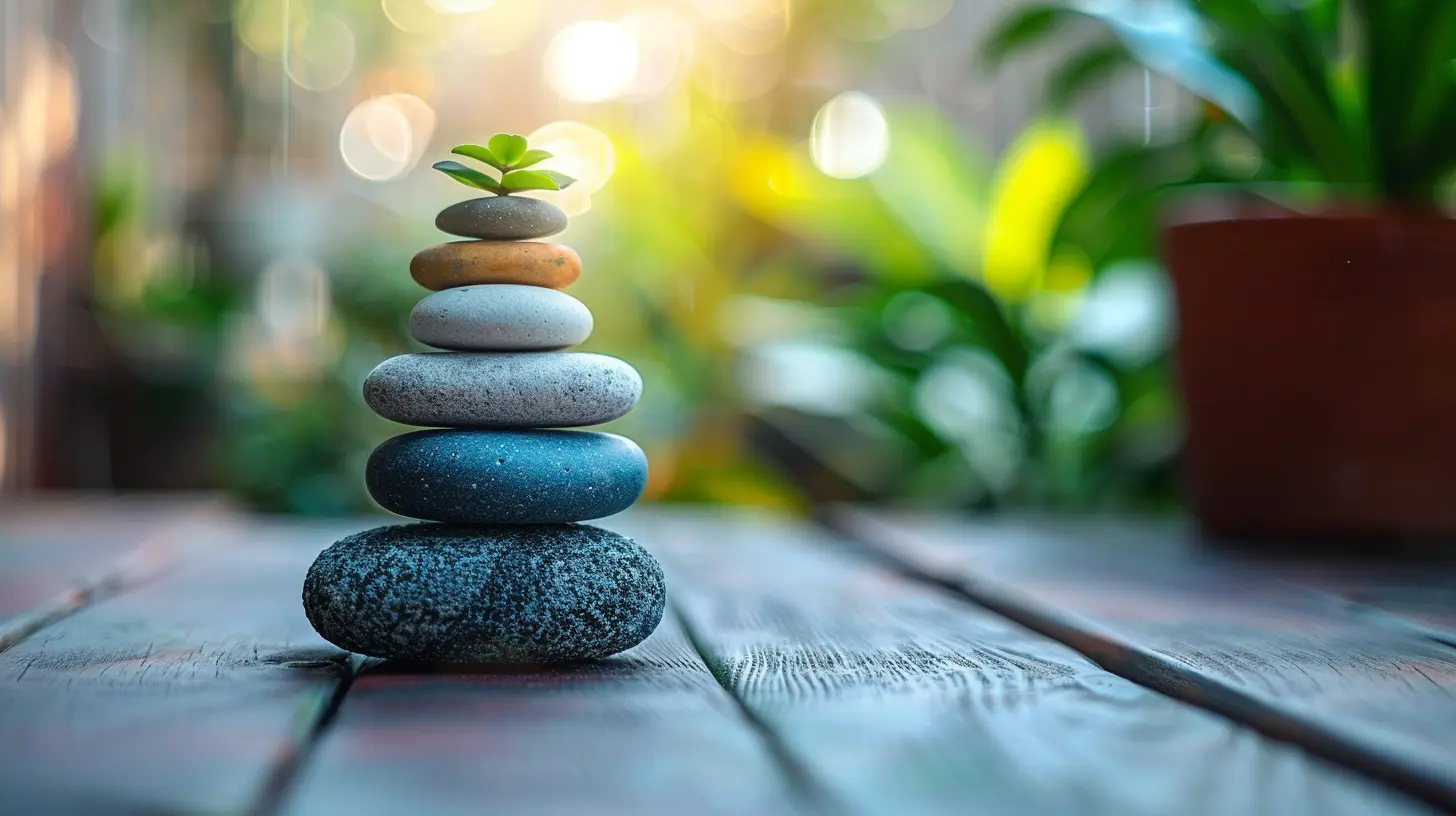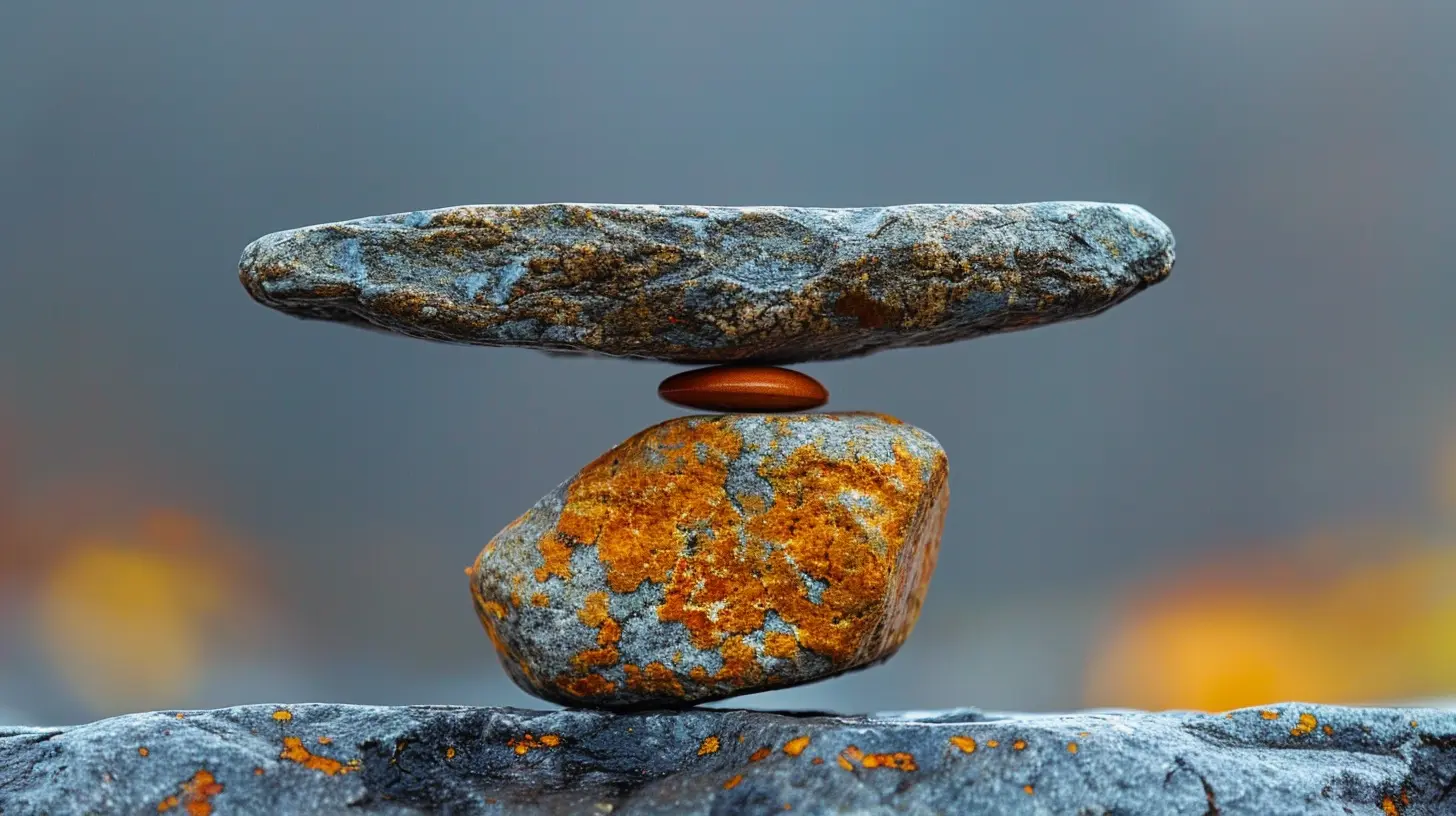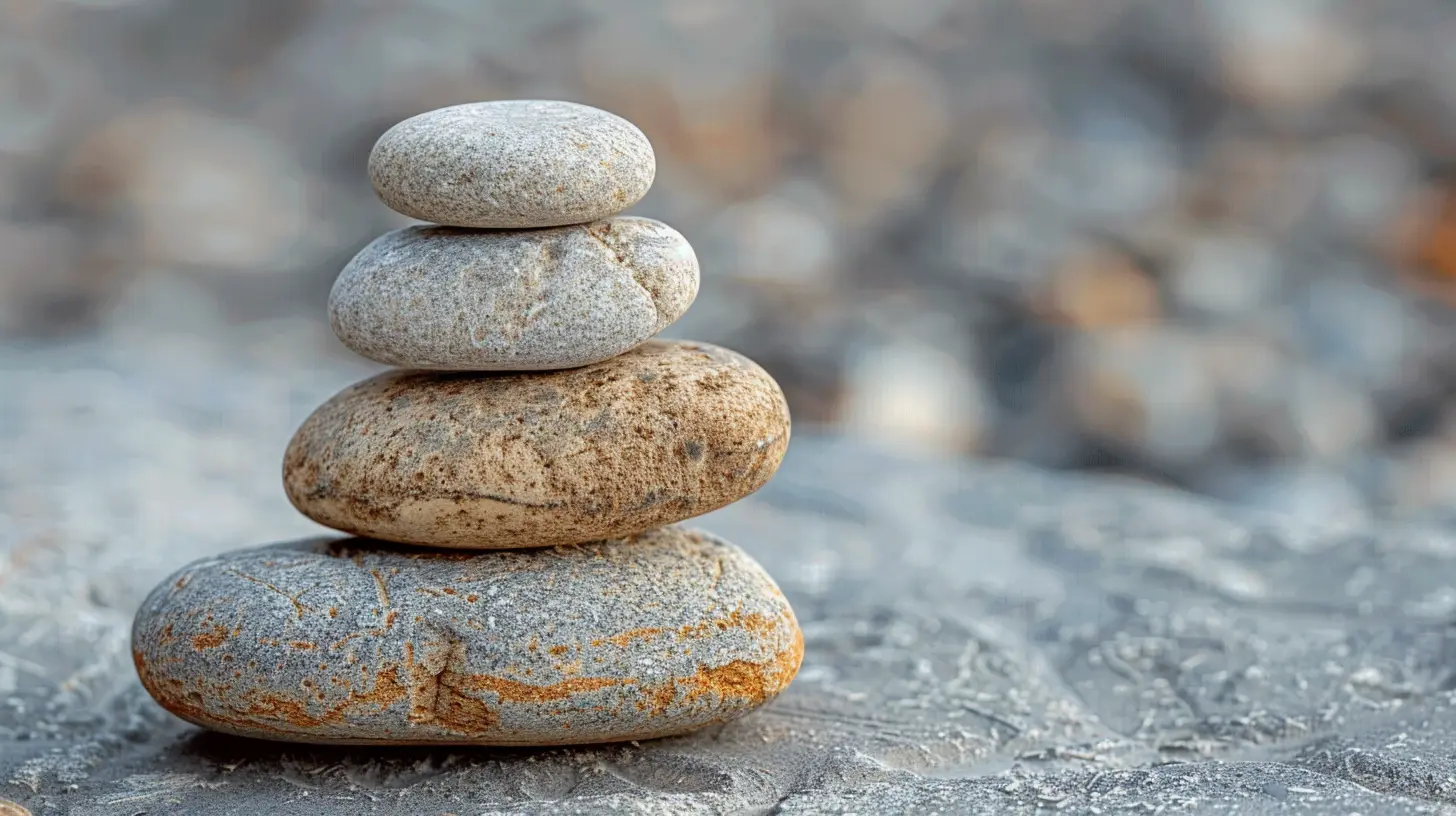The Role of Meditation in Achieving Work-Life Balance
6 July 2025
Work-life balance—it’s something we all strive for but often struggle to maintain. The constant demands of work, family, and personal responsibilities can leave us feeling drained, overwhelmed, and disconnected. But here’s the good news: meditation can be the secret weapon you need to bring harmony between your professional and personal life.
If you're tired of feeling like you're running on empty, meditation might be the reset button your mind and body have been craving. Let’s dive deep into how meditation can help restore balance, reduce stress, and bring a sense of peace to your daily routine.

Why Is Work-Life Balance So Hard to Achieve?
Let’s be real—the modern world glorifies being busy. Hustle culture encourages long work hours, constant connectivity, and an "always-on" mentality. But at what cost?- Chronic stress leads to burnout, anxiety, and exhaustion.
- Lack of personal time results in frustration, strained relationships, and poor mental health.
- Multitasking madness decreases productivity and increases overwhelm.
Trying to juggle work responsibilities and personal commitments without taking time to recharge is like driving a car without ever stopping for fuel. Eventually, you’ll break down.

How Meditation Transforms Work-Life Balance
Meditation isn't just sitting in silence—it’s an effective tool for creating a sense of calm, increasing self-awareness, and managing stress. When practiced consistently, it rewires your brain to handle life’s challenges with more ease. But how exactly does it help with work-life balance?1. Reduces Stress and Anxiety
Stress is the biggest culprit behind an unbalanced life. When work pressures pile up, our body reacts as if we’re in danger—heart rate spikes, breathing becomes shallow, and we enter "fight or flight" mode.Meditation helps by activating the body’s relaxation response. Deep breathing and mindfulness meditation lower cortisol (the stress hormone), calming the nervous system and reducing anxiety. Over time, you’ll find yourself responding to stress more calmly rather than reacting impulsively.
2. Increases Focus and Productivity
Ever feel like your to-do list is never-ending? Meditation enhances focus and mental clarity, making it easier to complete tasks efficiently without feeling overwhelmed.By practicing mindfulness, you train your brain to focus on the present moment rather than worrying about what’s next. This means fewer distractions, better time management, and improved job performance—all leading to a healthier work-life balance.
3. Encourages Better Decision-Making
When we’re stressed or overworked, we tend to make impulsive decisions that we later regret. Meditation cultivates self-awareness, helping you pause before reacting.Instead of saying “yes” to extra work when you’re already overloaded or neglecting personal priorities, you’ll gain the clarity to set boundaries and make choices that align with your well-being.
4. Improves Emotional Resilience
Life is unpredictable. Some days are smooth sailing, while others feel like a storm. Meditation strengthens emotional resilience, allowing you to navigate challenges with a calmer mindset.Rather than getting frustrated by unexpected work demands or personal setbacks, you’ll be able to approach situations with a clear, composed mind—keeping stress levels in check.
5. Enhances Work Satisfaction and Relationships
Ever notice how stress negatively impacts your relationships—both at work and at home? Meditation helps you cultivate patience, empathy, and better communication skills.- At work, you’ll handle conflicts with more emotional intelligence.
- At home, you’ll be more present and engaged with your loved ones.
When you’re mentally and emotionally balanced, your interactions become more fulfilling, leading to deeper connections and a greater sense of happiness.

Simple Meditation Practices to Restore Balance
You don’t need to spend hours meditating to experience its benefits. Even just 5-10 minutes a day can make a noticeable difference. Here are some simple but powerful meditation techniques to incorporate into your daily routine:1. Mindful Breathing (5-Minute Reset)
Feeling overwhelmed? Take five minutes to focus on your breath.- Sit comfortably, close your eyes, and take slow, deep breaths.
- Inhale deeply through your nose for four counts, hold for four counts, and exhale slowly for four counts.
- Repeat the process, allowing your mind to settle into the rhythm of your breath.
This quick meditation can instantly reduce stress and bring clarity during a hectic day.
2. Body Scan Meditation (Releasing Tension)
If work stress leads to physical tension (hello, tight shoulders and headaches), a body scan meditation can help.- Lie down or sit comfortably.
- Bring your attention to your toes, then slowly move your focus upward through each part of your body.
- Notice any areas of tightness or discomfort and consciously relax them.
This practice encourages full-body relaxation and helps release built-up tension.
3. Loving-Kindness Meditation (For Better Relationships)
Struggling with workplace conflicts or feeling disconnected from loved ones? Loving-kindness meditation can help cultivate compassion.- Close your eyes and take deep breaths.
- Visualize someone you care about and mentally send them good wishes: “May you be happy, may you be healthy, may you be at peace.”
- Extend these thoughts to yourself, your colleagues, and even those you find challenging.
This meditation fosters positive emotions, reduces resentment, and strengthens relationships—both personally and professionally.
4. Gratitude Meditation (Shifting Perspective)
When work pressure feels overwhelming, shifting your focus to gratitude can break the cycle of stress.- Sit quietly and reflect on three things you’re grateful for today.
- They can be simple: a productive meeting, a kind co-worker, or a peaceful moment with family.
Gratitude meditation reframes your mindset, making challenges feel less daunting and increasing appreciation for the present moment.

Making Meditation a Habit
Starting a meditation practice doesn’t require a huge time commitment. The key is consistency. Here’s how to make it part of your daily routine:✅ Start small – Just 5 minutes a day can make a difference.
✅ Pair it with existing habits – Meditate after waking up, before lunch, or before bedtime.
✅ Use meditation apps – Try Headspace, Calm, or Insight Timer for guided sessions.
✅ Practice mindfulness throughout the day – Be present while eating, walking, or even during meetings.
Final Thoughts
Work-life balance isn’t about splitting your time 50/50 between work and personal life—it’s about feeling in control, fulfilled, and at peace with how you spend your time. Meditation offers a simple yet powerful way to create that balance, helping you manage stress, improve focus, and strengthen relationships.Life will always have its chaotic moments, but with meditation, you’ll learn to navigate them with a sense of calm and clarity. So why not give it a try? Your mind, body, and well-being will thank you.
all images in this post were generated using AI tools
Category:
MeditationAuthor:

Holly Ellison
Discussion
rate this article
1 comments
Kara Vance
Why did the stressed-out accountant start meditating? To balance spreadsheets and chakras! Remember, folks, a little mindfulness goes a long way—after all, even your to-do list deserves a moment of Zen. Plus, who knew deep breaths could be just as refreshing as a coffee break? Namaste, all!
July 23, 2025 at 3:45 AM

Holly Ellison
Thank you for your clever comment! It beautifully highlights how meditation can harmonize our mental and emotional states, ultimately contributing to a more balanced work life. Namaste!


